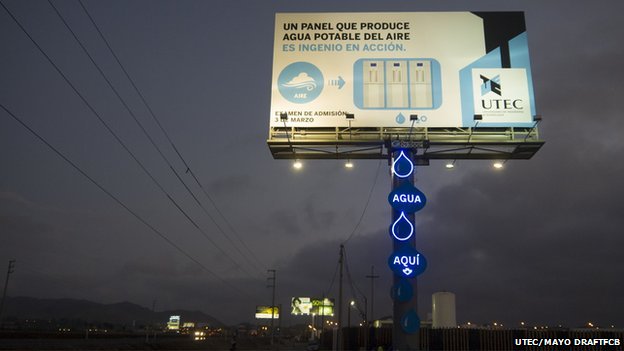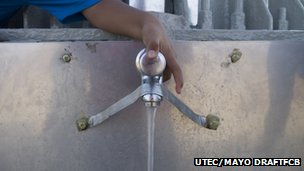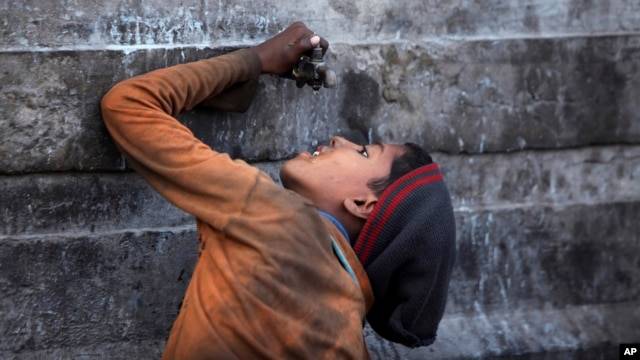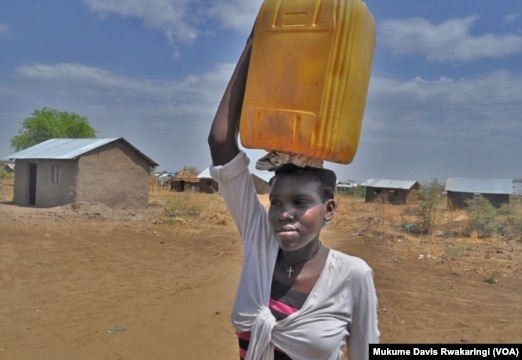ScienceRocks
Democrat all the way!
- Banned
- #1
New Material Harvests Energy from Water Vapor
Published: January 10, 2013. by Massachusetts Institute of Technology
CAMBRIDGE, MA -- MIT engineers have created a new polymer film that can generate electricity by drawing on a ubiquitous source: water vapor.
New Material Harvests Energy from Water Vapor - ScienceNewsline
Published: January 10, 2013. by Massachusetts Institute of Technology
CAMBRIDGE, MA -- MIT engineers have created a new polymer film that can generate electricity by drawing on a ubiquitous source: water vapor.
New Material Harvests Energy from Water Vapor - ScienceNewsline
The new material changes its shape after absorbing tiny amounts of evaporated water, allowing it to repeatedly curl up and down. Harnessing this continuous motion could drive robotic limbs or generate enough electricity to power micro- and nanoelectronic devices, such as environmental sensors.
"With a sensor powered by a battery, you have to replace it periodically. If you have this device, you can harvest energy from the environment so you don't have to replace it very often," says Mingming Ma, a postdoc at MIT's David H. Koch Institute for Integrative Cancer Research and lead author of a paper describing the new material in the Jan. 11 issue of Science.
"We are very excited about this new material, and we expect as we achieve higher efficiency in converting mechanical energy into electricity, this material will find even broader applications," says Robert Langer, the David H. Koch Institute Professor at MIT and senior author of the paper. Those potential applications include large-scale, water-vapor-powered generators, or smaller generators to power wearable electronics.






